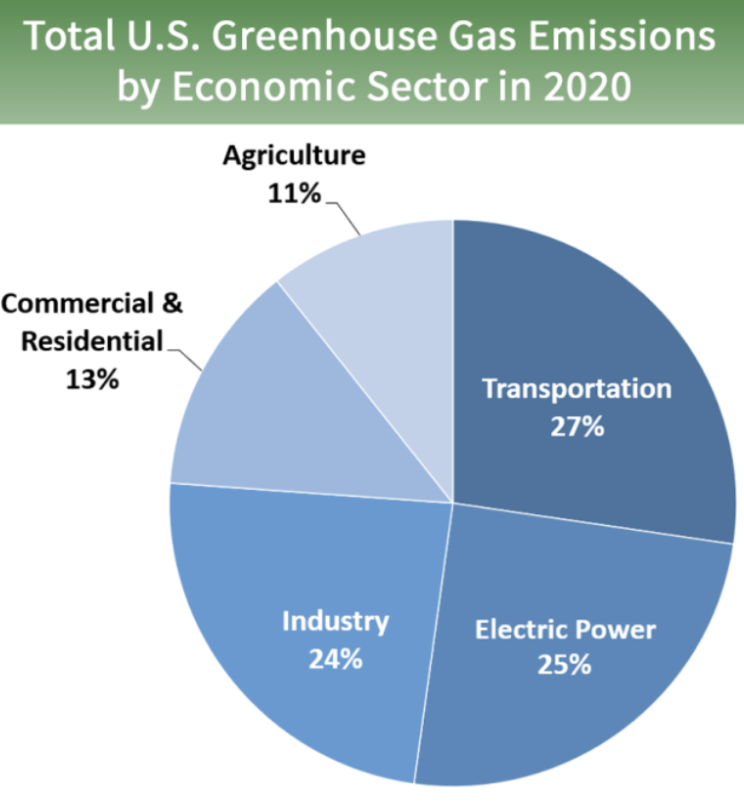Are You Helping or Harming the Planet?
“CO2 emissions are killing the planet!” “Climate change is the most pressing issue of our generation.” We hear it all the time: scientists and experts warning us about the effects of climate change and its implications on a global scale. “Sea level along the U.S. coastline is projected to rise, on average, 10 – 12 inches (0.25 – 0.30 meters) in the next 30 years.” (National Ocean Service). We learn about it in our IB classes. We see posts on Instagram or stories on Snapchat from small and large creators alike talking about change and sustainability.
The focus of this Op-ed is not to debate whether climate change is real: the facts are undeniable. Increases in CO2 emissions have led to drastic changes in global weather patterns in the past century and a half. Instead, I believe it would serve the Houston and Village communities better to be introspective about our daily own practices that may have global implications on the environment. Buzzwords and phrases like “sustainability,” “going green,” “carbon footprint,” and “ecological justice” cloud our political and social climate, making discourse on the subject difficult to say the least. It is time to stop walking on eggshells around the subject and be critical about our place in the world and our responsibility towards it.
Firstly, the facts: “ancient, or paleoclimate, evidence reveals that current warming is occurring roughly 10 times faster than the average rate of warming after an ice age. Carbon dioxide from human activities is increasing about 250 times faster than it did from natural sources after the last Ice Age.” “The planet’s average surface temperature has risen about 2 degrees Fahrenheit (1 degrees Celsius) since the late 19th century.” “Since the beginning of the Industrial Revolution, the acidity of surface ocean waters has increased by about 30%.” (NASA)
27% of U.S. greenhouse gas emissions come from transportation. A further 25% comes from electrical power. Actions on an individual level that contribute to these numbers include driving and leaving on household lights. Many advocate that individuals either walk to their place of work or school, ride their bikes, carpool, or use public transportation. However, such suggestions are not practical nor conducive to lasting change. While they may help on a micro-scale, so long as an auto-centric culture remains in the United States, it will be impossible to eliminate greenhouse gas emissions or reach climate goals set by international organizations.
The average US driver covers roughly 13476 miles per year, or roughly 35 miles per day (USDOT). In contrast, in the EU, the average distance traveled by car in 2019 was 11,300 km/year, or 7022 miles (Odyssee-Mure). This translates to roughly 19 miles per day. Furthermore, in the US roughly one in ten people said that they use Public transportation on a daily or weekly basis (Pew Research Center). This is in stark contrast to the European Union, where, in larger cities, 49% of the population use public transportation to get to and from work (Bloomberg).
America needs to make the shift to make the lasting shift to public transportation and follow the example of nations across the world. I understand that the reputation of public transportation in this country is poor. Many equate the use of buses and metros to poverty or inconvenience. However, I urge you to be imaginative – imagine what our cities could look like if instead of government funding going towards new road and highway development, it went towards building an easily accessible network of buses and trains. Imagine being able to hop on a pristine metro or train to ride it a few stops while simultaneously being able to sit down and do work or use your phone. Instances of distracted driving accidents would fall. Fewer people would be involved in DUI accidents. And most of all, we would minimize our per-capita CO2 emissions. In 2019, only one-sixth of the $79 billion allocated by the federal government for transportation infrastructure went toward public transportation (CBO).
You may be wondering what you can do to address this issue. Of course, in the short run, opt to walk or ride a bike if you can. Carpool with friends or peers. However, to make a long-term change we must petition our local government to support the development of public transportation infrastructure. Furthermore, we must pass laws that place stricter emissions requirements on each new vehicle to support the research and development of alternative energy sources. Together, let’s leave the planet a better place than we inherited it.

Sevastian Oti is an introspective, curious, and spontaneous senior and this is his first year on Viking Media. Outside of school hours, he has an internship...






